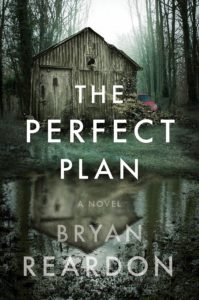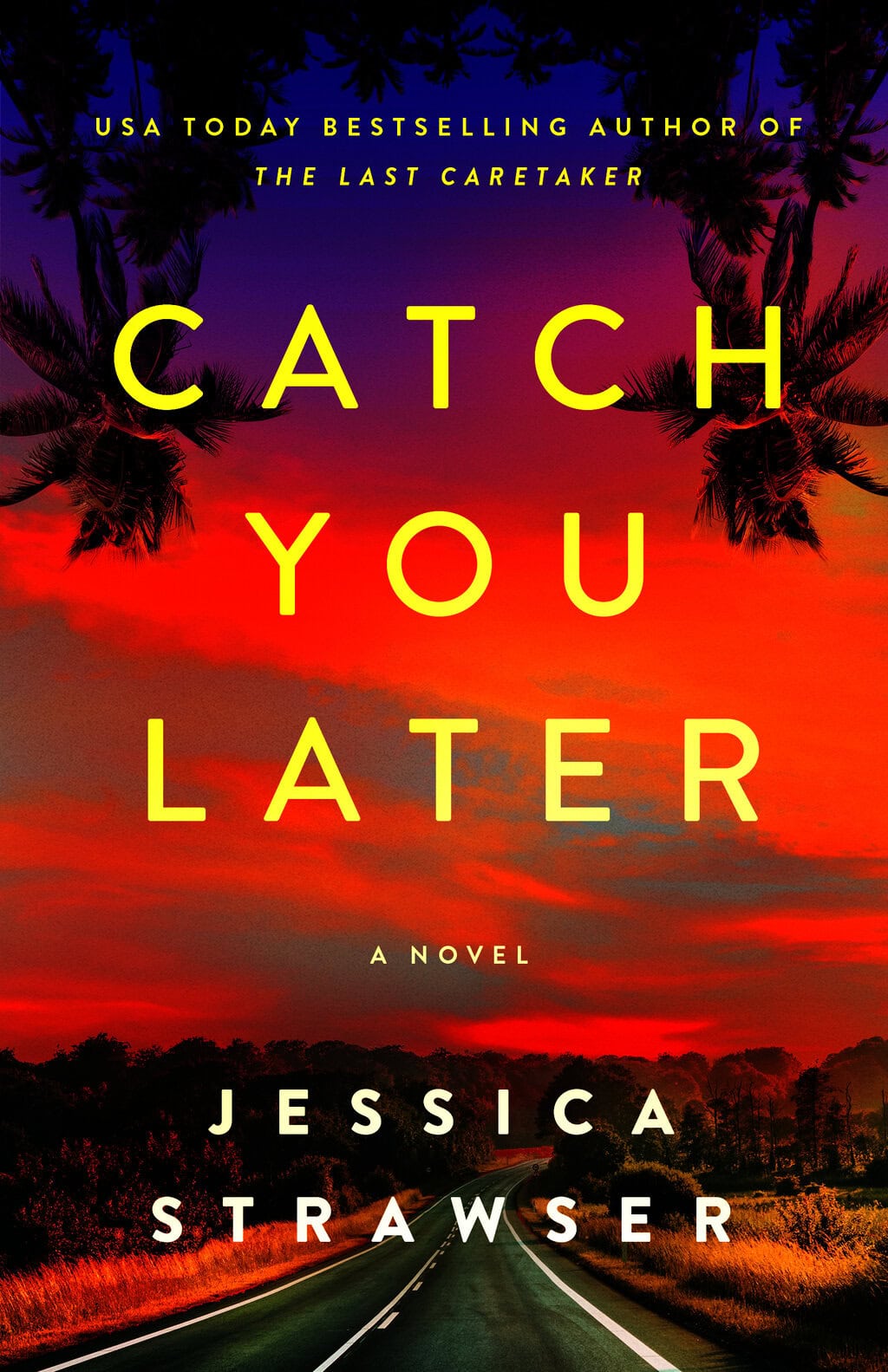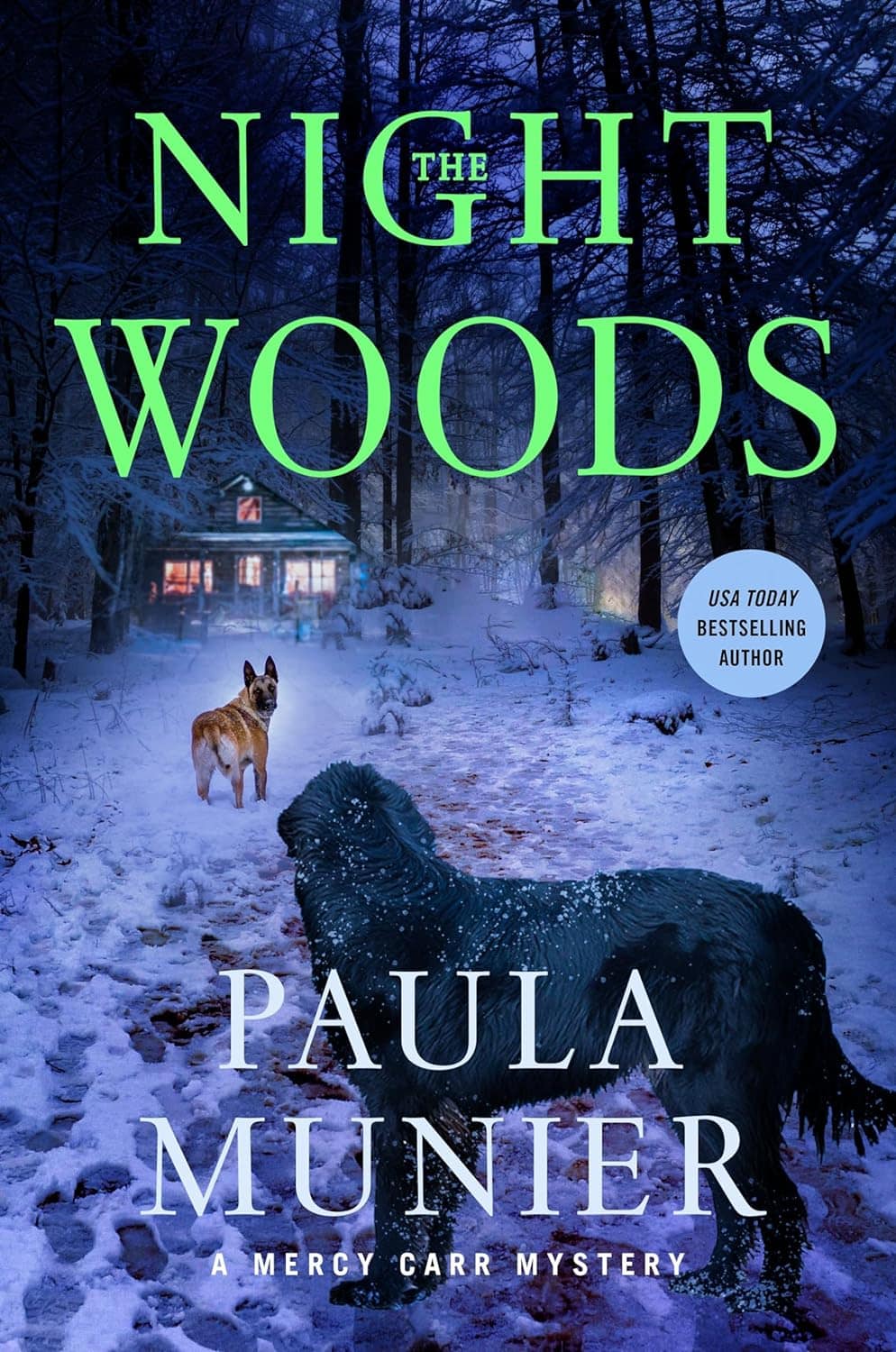by Bryan Reardon
I used to be frightened by ‘THE TWIST.’ It is the pot-of-gold mystery/thriller writers are constantly chasing. More and more, a good twist ending seems to be required in the genre. But the idea of coming up with an amazing, unique twist can be so overwhelming, that it can end the process before it starts. Looking back at some of my own struggles over the year, I came up with three “don’ts” that might help:
Don’t stress the concept
Between my first and second books I had a minor panic attack. While trying to market the first and come up with an idea for the second, a wave of insecurity hit. I had nothing. My mind went totally blank. When I tried to come up with a new concept, nothing was good enough. No idea seemed original, world-changing. So, I would give up on each one and try to find something better, bigger, grander.
For me, the hang up was the twist. As a mystery/thriller writer, that’s the bread and butter. I kept trying to come up with some amazing turn of events that I could build a story around. Until someone set me straight. Luckily for me, I attended a great book event in Indiana.
Over drinks, I shared my concern with a fellow writer and she gave me some excellent advice. She said, “don’t let the twist decide what you write, let it decide how you write.” For a time, that didn’t make sense. Slowly, as I practiced, I figured it out.
I simply needed to twist it perfectly. I needed there to be a surprise at the end, but maybe it didn’t have to be earth shattering. Maybe it could be just part of the story, and the twist simply came from how I delivered that piece of it. That realization led to my second don’t:
Don’t tell them everything
Sometimes a twist is more about withholding information for as long as you can. As I started writing my second book, I knew the ending. And it would be described as a twist. But that concept couldn’t hold up alone. That’s when I realized timing is everything when it comes to writing mysteries/thrillers.
As the author, you know where the story is going. You probably have your ending before you start. I believe the key to developing a good twist is all the small hints that lead up to that final moment.
Sometimes, as I write, I get a little hitch in my gut. It teases that maybe I’ve said too much. That I’ve provided just a little too much information. I’ve learned to listen to that feeling. Sometimes, it happens when I edit. I come across a detail I let slip on page fifty and I wonder, ‘could I wait.’ Often, the answer is yes. Leaving the bread crumbs at the right spots can often be more important than where they lead in the end. But:
Don’t cheat the reader
This is the great pitfall. Readers are some smart cookies. They will know, immediately, if you are trying to cheat them. If you are withholding information on purpose, or if your character doesn’t know something they should. I think that might be one of the fastest ways to lose someone.
So, although executing a twist is very much about timing, it is about near perfect timing. It has to be organic and authentic, for both the reader and everyone inhabiting the story. To get around this, we have a few tools. Multiple points-of-view can be very helpful. Each character can be learning a specific and unique fact, while the other remains in the dark. Although this isn’t for everyone, I am a huge fan of writing flashbacks. They can be great ways to hint at the ending without being overt.
So what do you do? Here are a few things I consider when plotting out a novel with a twist ending:
Be aware of point of view
This can be the first and most important decision of writing a story, for it will lock the author into certain parameters. If you chose first-person, then only information your character actually witnesses can be included in the story. If you go third-person, it is harder to include deeper thoughts or emotions seamlessly into the story, which then can make the depth of the twist’s payout more difficult.
Place hints while editing
As I read through a first draft, I will add small, subtle clues earlier in the story, the kind of thing a reader might not notice unless they give the work a second read. I feel these small details can help avoid a reader feeling cheated.
Don’t be afraid to rewrite
When I was starting out, I would never have dreamt of scrapping thousands of words. But, when you write twists, sometimes the ending can even surprise the writer. Let your story breath and grow, and don’t be worried about fixing it later. It can be well worth the added work.
How do you handle twists? Any questions? Let’s talk about it on the Career Authors Facebook page!
 Bryan Reardon is the author of the New York Times best selling novel, Finding Jake. For the past decade, he has also worked as a freelance
Bryan Reardon is the author of the New York Times best selling novel, Finding Jake. For the past decade, he has also worked as a freelance  writer specializing in medical communications, and as a ghost writer. He co-wrote Ready, Set, Play with retired NFL player and ESPN analyst Mark Schlereth and Cruel Harvest. Prior to becoming a full-time writer, Bryan worked for the State of Delaware for over a decade, starting in the Office of the Governor. He holds a BA in psychology from the University of Notre Dame and lives in West Chester, Pennsylvania, with his wife, kids, and rescue dog, Simon. His new book is THE PERFECT PLAN.
writer specializing in medical communications, and as a ghost writer. He co-wrote Ready, Set, Play with retired NFL player and ESPN analyst Mark Schlereth and Cruel Harvest. Prior to becoming a full-time writer, Bryan worked for the State of Delaware for over a decade, starting in the Office of the Governor. He holds a BA in psychology from the University of Notre Dame and lives in West Chester, Pennsylvania, with his wife, kids, and rescue dog, Simon. His new book is THE PERFECT PLAN.





